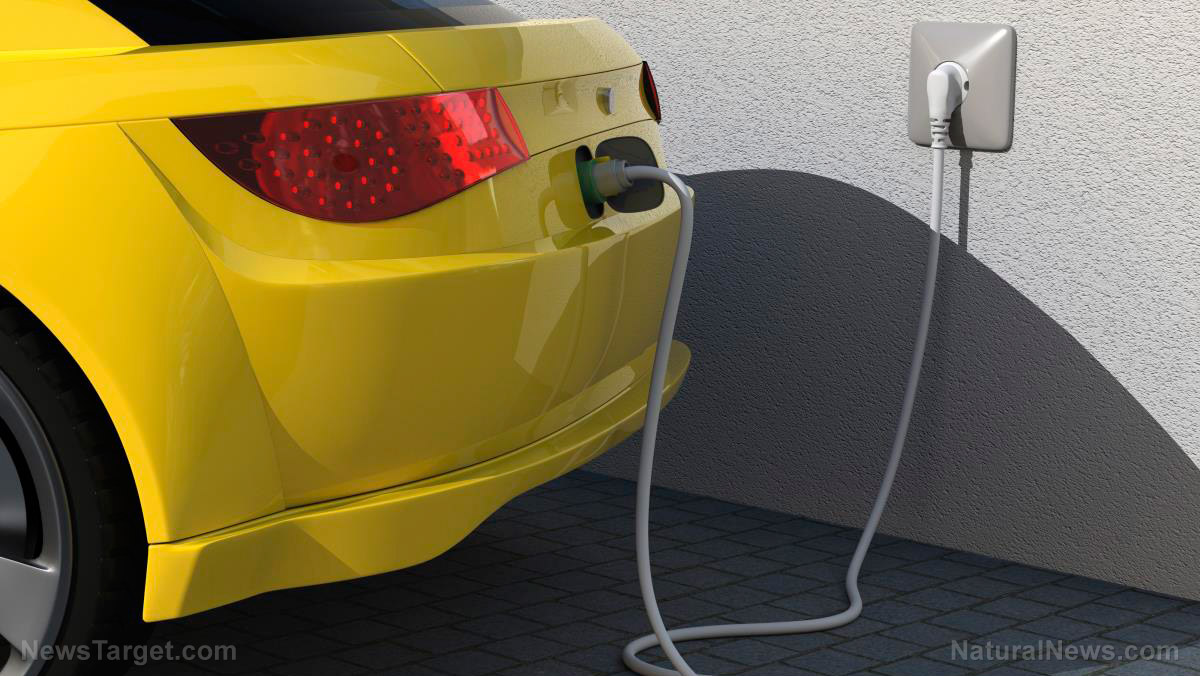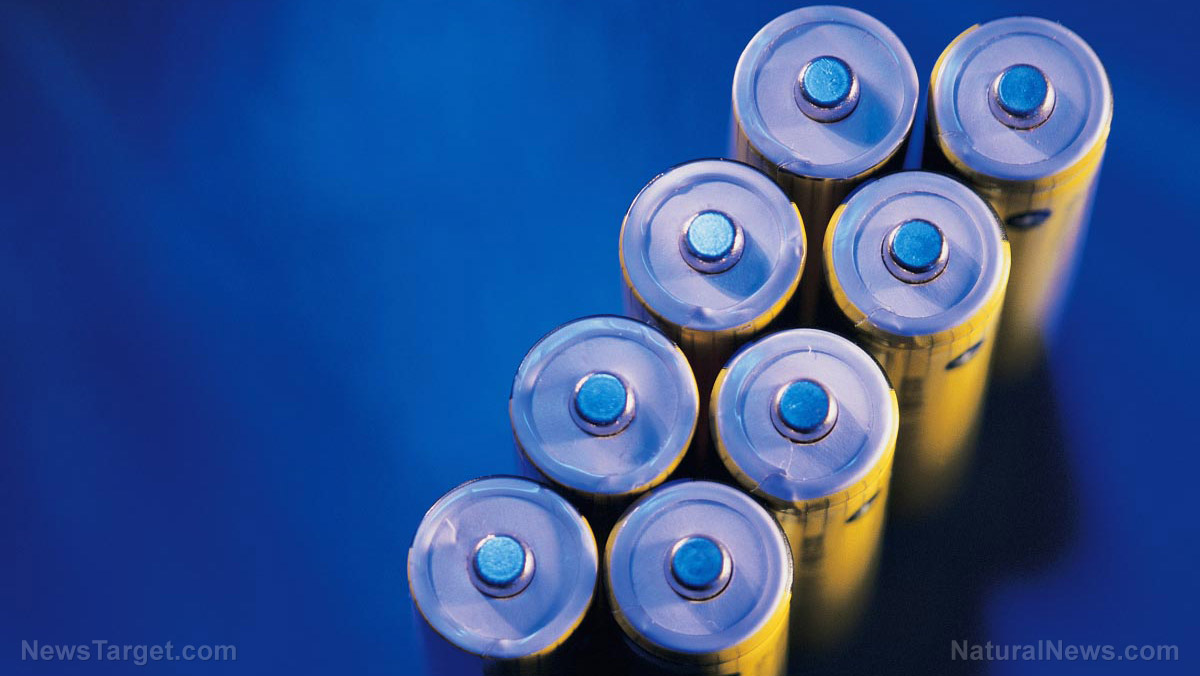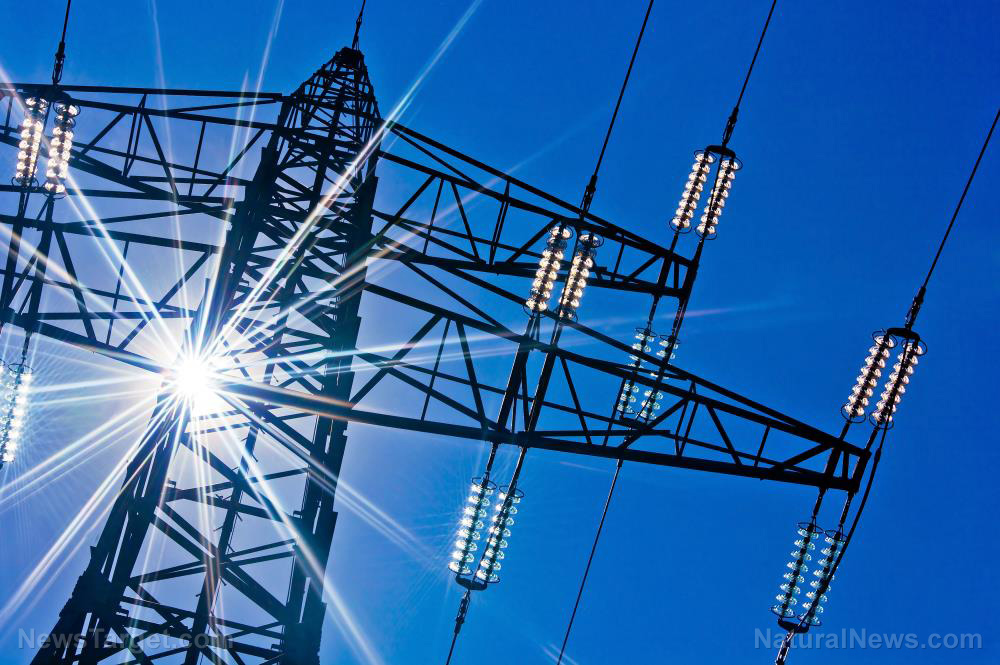Silicon nanoparticles could extend the life of lithium-ion batteries by 10 times
03/30/2019 / By Edsel Cook
When it comes to developing new battery technology, researchers either pour their efforts into a new replacement for lithium-ion batteries or find another way to milk more performance out of existing lithium-based systems. Canadian researchers took the latter approach by using nanoscale silicon particles to increase the charge capacity of a Li-ion cell.
Their scientific paper detailed how they tested four different sizes of silicon particles for the ability to prevent the destructive process of fracturing inside a battery. They also developed a composite material made from graphene aerogel to serve as the much more efficient anode.
Their efforts paid off in the form of a silicon-based lithium-ion battery that could store and release 10 times as much electric charge as a conventional cell. The University of Alberta research team released these findings in the journal Chemistry of Materials.
The typical lithium-ion battery uses graphite in its anode, the positively-charged electrode that discharges electrons. Graphite is plentiful and cheap, but it could not absorb lithium ions as well as it should. This limited graphite’s capacity as an anode. (Related: Solid state battery breakthrough could be a total game-changer for electric vehicles.)
The advantages and drawbacks of silicon-based anodes
Silicon is considered to be a very promising substitute material for graphite. Although less abundant than the crystalline carbon, silicon is still quite numerous and cheap. It is also capable of absorbing much higher amounts of lithium ions than graphite, thereby giving silicon anodes a much greater charge capacity.
However, silicon did suffer from a serious disadvantage when compared to graphite. Whenever it absorbed lithium, a silicon structure would expand in size. Conversely, it would contract upon releasing those ions.
This process put silicon under significant physical stress. After undergoing one too many of these charge-and-discharge cycles, a structure made from silicon would eventually fracture and break apart.
Earlier studies have determined that silicon’s tendency to fracture can be mitigated by forming it into very tiny shapes that need to be measured in nanometers. The shapes included particles, tubes, and wires.
Study author Jillian Buriak, her teammate Jonathan Veinot, and other researchers wanted to determine the optimal size of these silicon nano-structures for use in the anode of a lithium-ion battery. If the nanostructures were too big, they would still be prone to fracture. On the other hand, excessively small ones would perform too poorly at conducting electric charges.
Finding the best size of silicon nanoparticle for lithium-ion batteries
In their experiment, Buriak and Veinot’s team created silicon nanoparticles of four different sizes. The smallest particle measured just three billionths of a meter across.
These tiny particles were evenly distributed throughout graphene aerogels. Graphene is a very good conductor, so it could compensate for the low conductivity of silicon. Furthermore, the pores of this carbon material were just big enough to fit nanoparticles.
The researchers identified the smallest size of the nanoparticle best suited for use in silicon anodes of lithium-ion batteries. The particles remained stable for the longest time despite undergoing multiple cycles of charging and discharging.
“As the particles get smaller, we found they are better able to manage the strain that occurs as the silicon ‘breathes’ upon alloying and de-alloying with lithium, upon cycling,” Buriak stated.
Veinot added that their findings could be applied to any application that stored energy in a battery for later use. He cited the potential of an electric car that could cover 10 times the distance of current counterparts, or a battery that was 10 times lighter or needed far fewer recharging sessions.
Sources include:
Tagged Under: batteries, battery, battery capacity, breakthrough, Clean Energy, future tech, Graphene, lithium-ion battery, lithium-ion tech, nanoparticles, nanotechnology, new tech, renewable energy, research, science breakthroughs, Silicon


















